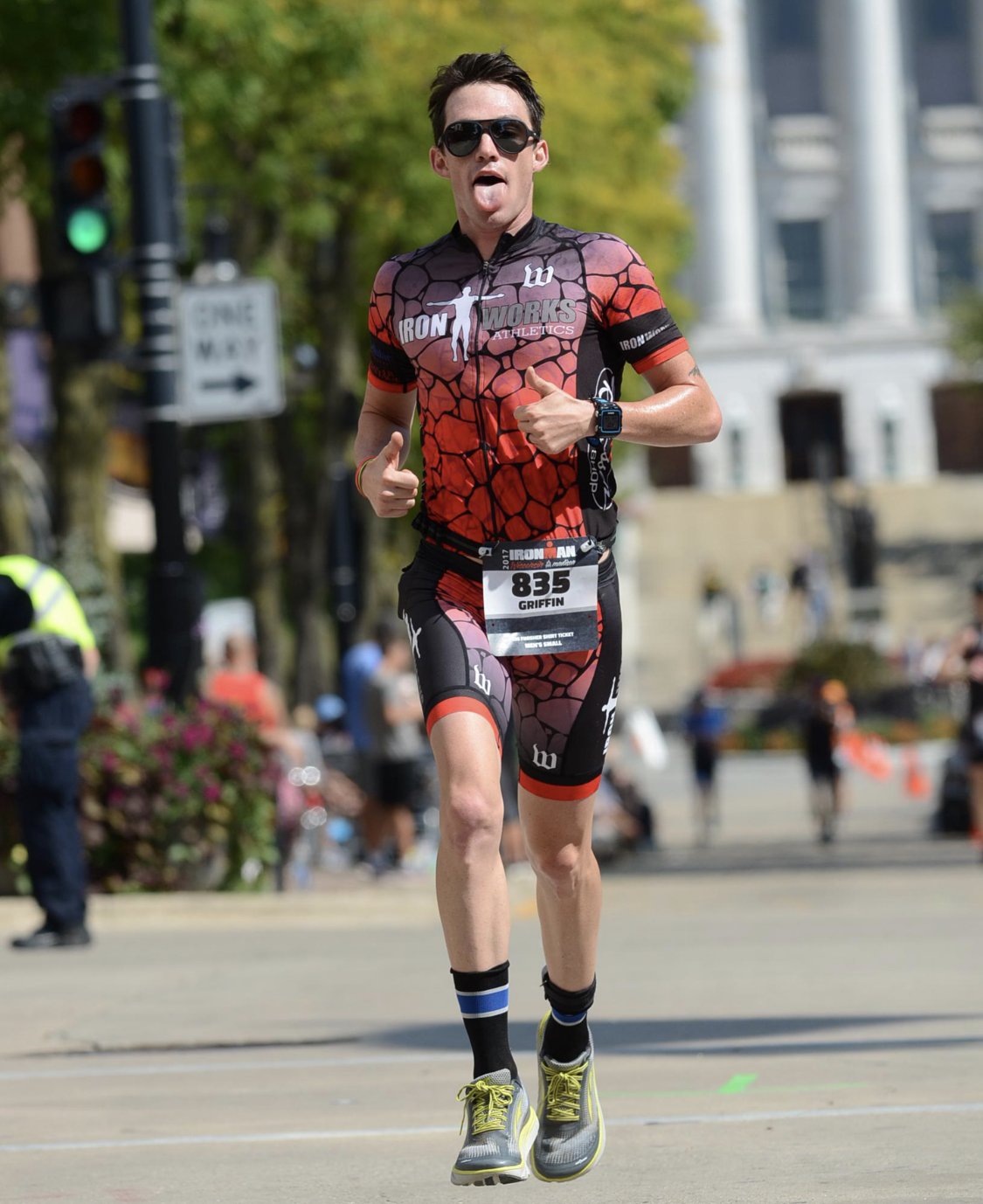What I’ve Learned in 6 Years of Triathlon
2017 Ironman Wisconsin
When I signed up for Ironman Wisconsin in 2017, I went all in.
I’d never done a triathlon before.
I didn’t own a tri bike.
I hated swimming.
It was a natural fit!
I had been coaching runners for a while and had coached a few triathletes simply looking to finish the races, but I had a lot to learn. Experience can be a wonderful and cruel teacher. The trial of miles, miles of trials…
Ironman Wisconsin somehow went remarkably well in spite of a few mistakes and setbacks along the way. I finished 5th in my age group and have been hooked since.
Looking back on the year it all began, I’ve decided to “re-do” that year in terms of the two big races: Grandma’s Marathon & Ironman Wisconsin
Some key “mistakes” in 2017:
Biking without power and heart rate (or either one individually!):
I started with a dumb bike trainer simply because I didn’t know any better. They are pricey, but honestly for the amount of biking needed, ease of use, and safety I wholeheartedly believe it’s the most important piece of training equipment I have.
The overall main goal in endurance sports and especially iron-distances is to increase the amount of output (power) relative to the amount of input (heart rate). In other words, how efficient can you become?
Dumb trainers do okay for duration and if you’re on a budget, they work, but not having those metrics to know if you’re actually responding to the training is (in my opinion) the reason they’re called dumb trainers…
No mobility/strength focus:
I eventually got into Yoga towards the end of this block and I do think it helped dramatically. I even signed up for Yoga teacher training which started right after the race. But the first part of my training was riddled with injury and overuse.
Triathlon requires a lot of different ranges of motion and one can easily overwork the quads and hip flexors on the bike. Swimming is also greatly helped with range of motion in both shoulders and thoracic spine, and being strong helps the muscles and tendons accept the overall impact of training.
Running Grandma’s Marathon:
This is not necessarily a mistake outright, but once I got hurt I should have either tempered expectations or pulled out of the race before I started. Instead, I decided to go for it and blew up with 6 miles to go. After being on 6:12 average pace through 20 miles, I finished with some 8-9 minute miles and an average of 6:40…
I’d put so much time into biking and while my fitness was high, my hip flexor and quad tightness was also high. It didn’t bother me on the bike but that tightness prevent a normal run stride and built up a ton of inflammation around my knee
I shut down the run for a while and focused on non-impact training, which helped but unfortunately is not the best way to prepare for a full Marathon.
Not listening to the body:
This can be done with metrics like resting HR or HRV or simply being willing and able to adjust the training when the body isn’t responding. We have an idea of how we will react to each stimulus, but ultimately the rate of supercompensation is a multi-factorial function.
Learning to tune in to the body and know when to push forward or pull back is integral in long term improvement, even if it means short term regression. “Willpower” to force it when you’re not ready is over rated.
No overall health focus:
This is likely the biggest change and is indirectly a performance oriented mindset.
If you want to maximize performance, in the short term you can make sacrifices to health to see some small gains, but that severely limits long term improvement and becomes deleterious to health.
Focusing on longevity is crucial. Perhaps my lens on this is different with a family now, but I want to make sure I’m doing what I can to be healthy and well at 80. That might mean sacrificing a short term peak performance or more likely just slowing down the rate at which the peak is reached!
Despite these many mistakes and setbacks, most of the year went mostly right and I had a fair bit of success in my “A” race of the year. This is a key lesson: sometimes athletes can succeed in spite of their training, not because of it. Be careful to copy another athlete's plan. It might have the appearance that it worked, but perhaps they under-performed relative to their potential because of it!
In 6 years I’ve learned many lessons, and while I’ll be going back to the same races as my first year, I will do so with a new and improved approach to hopefully make better mistakes. After all, there is no perfect plan. The path to improvement is simply making a better mistake than you did before.
Happy training!

